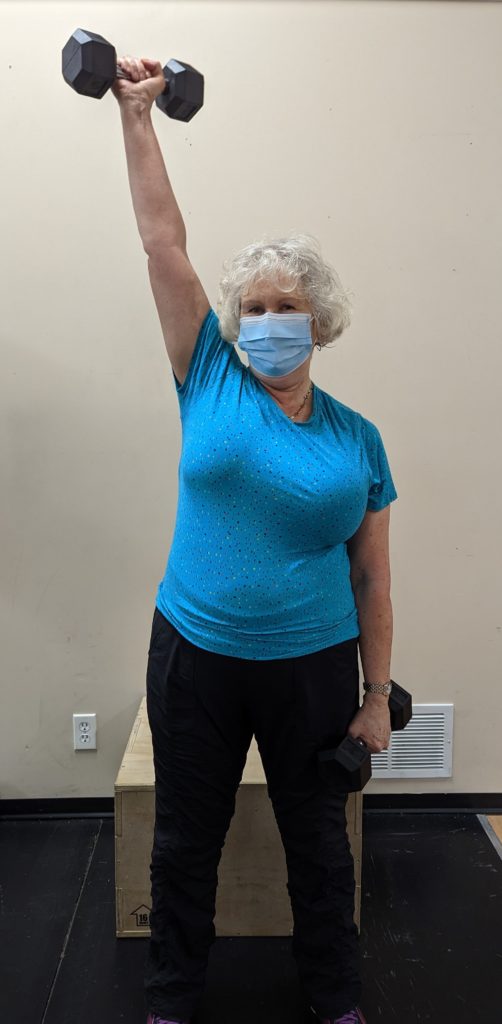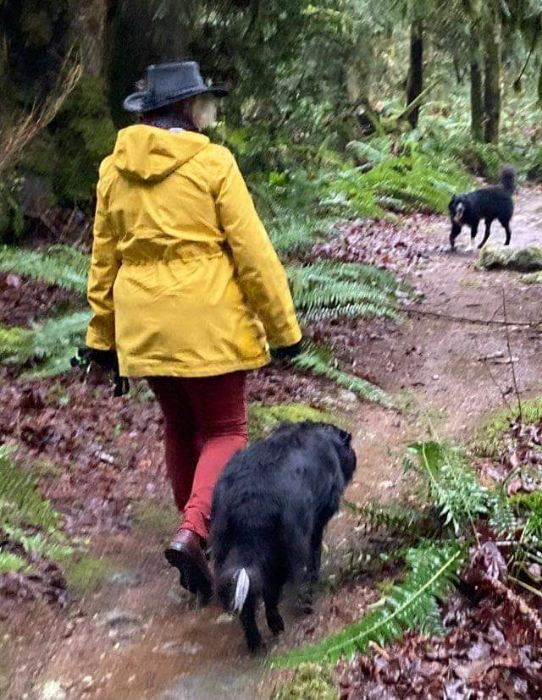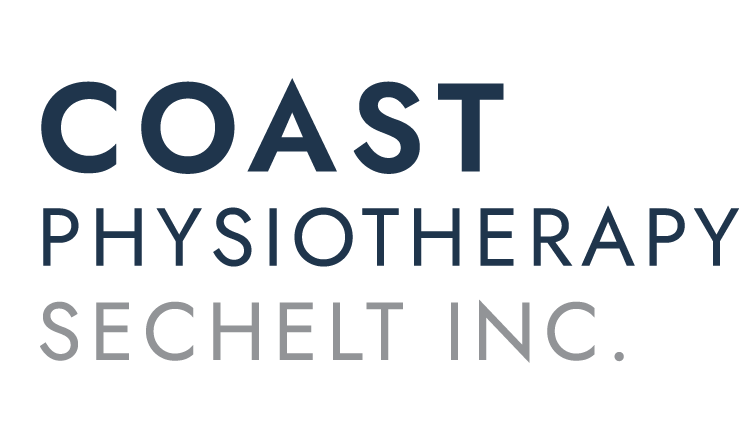Our last post touched on why focusing on pain relief and eliminating your pain can often become more of a roadblock than a roadmap.
We hope this example is helpful to help demonstrate that when we focus on function, we help you get stronger and back to the activities you enjoy.
Sue came to our clinic in September after feeling frustrated with her intermittent right hip and knee pain. She found her knee was often sore for days after doing her usual dog walk in Cliff Gilker and her right hip felt sore, stiff, and weak.
Sue wanted to get out of pain. She wanted her hip and knee to just stop hurting! While this is perfectly understandable, let me explain why it isn’t the most useful goal for physiotherapy.
If we make getting out of pain our sole focus we can end up chasing our pain with quick fixes and temporary relief. If hiking makes my pain worse, but sitting with a hot pack on my knee feels better, then I should just do more of the hot pack thing right?
Unfortunately this type of thinking ends up in a vicious cycle of deconditioning: pain with hiking → rest with hot pack → less tolerance for hiking→ more hot packs → pain with walking, and on! The quick fixes rarely address the cause of the pain and so the pain comes and goes as we try to get back into activity.
So Sue worked with one of our physiotherapists and came up with a more specific goal: to be hiking for 60 minutes three times a week in Cliff Gilker by November. So now we have a SMART goal and her physiotherapist can make an effective plan with her.

The findings of her physiotherapy assessment, including leg strength, discomfort with movement and if that can be immediately changed or influenced, and the range of motion of her hip, knee, and ankle are incorporated into her plan to address any of these factors that could be influencing her leg pain with walking.
Sue’s plan included strength exercises 2-3 times a week. Instead of doing her exercises on her own, Sue opted to work with Charlene – Coast Physio’s Rehabilitation Assistant, with some check-ins with the physiotherapist to monitor progress and for exercise progressions.
“Working with Charlene gave me the confidence to know I was performing my exercises correctly and Charlene is very encouraging and supportive. After just a month of working with her I felt significantly stronger and started to notice I was having less hip and knee pain.”
– Sue
Part of Sue’s plan was to gradually increase her hikes in length and difficulty. As Sue’s strength increased in the gym she found it easier to progress her hikes and get out more frequently.
Having a measurable goal helps to focus treatment and evaluate progress. Yes, Sue wanted to get rid of her hip and knee pain, but by focusing on what she would like to do if her hip and knee didn’t hurt we turned the attention onto something we can measure and see results!

